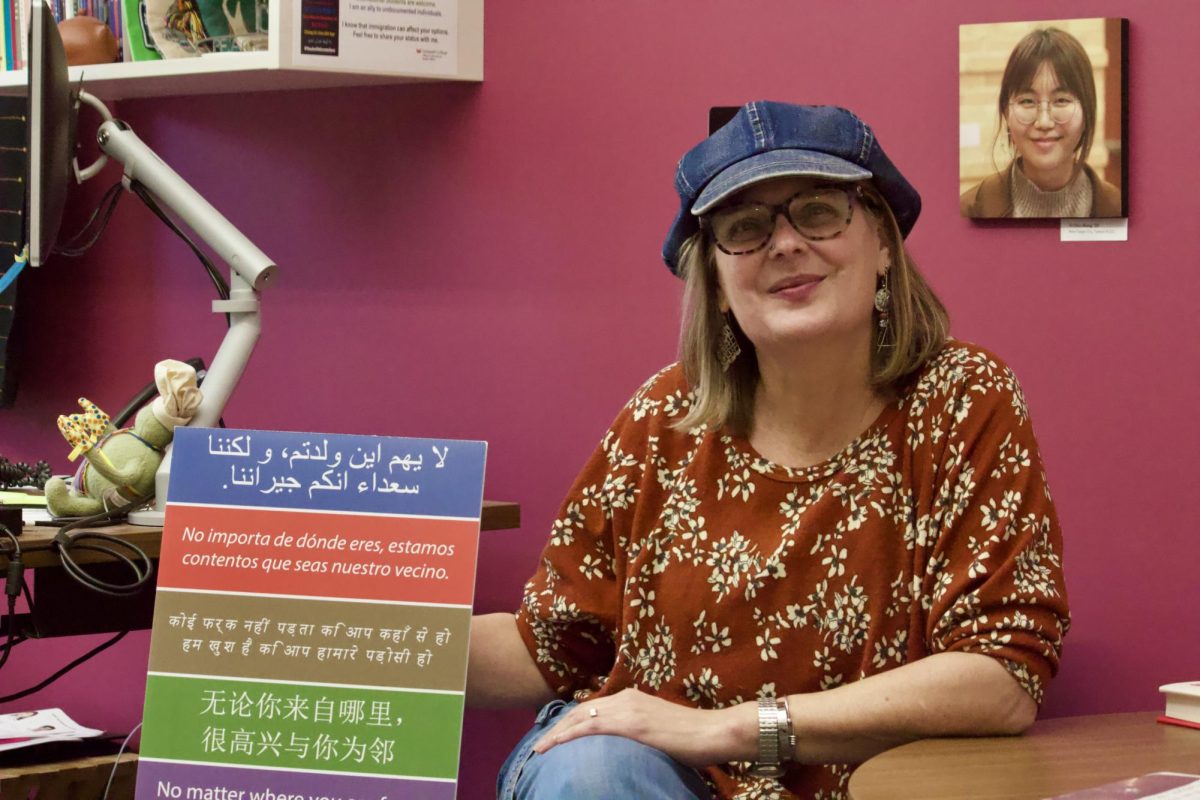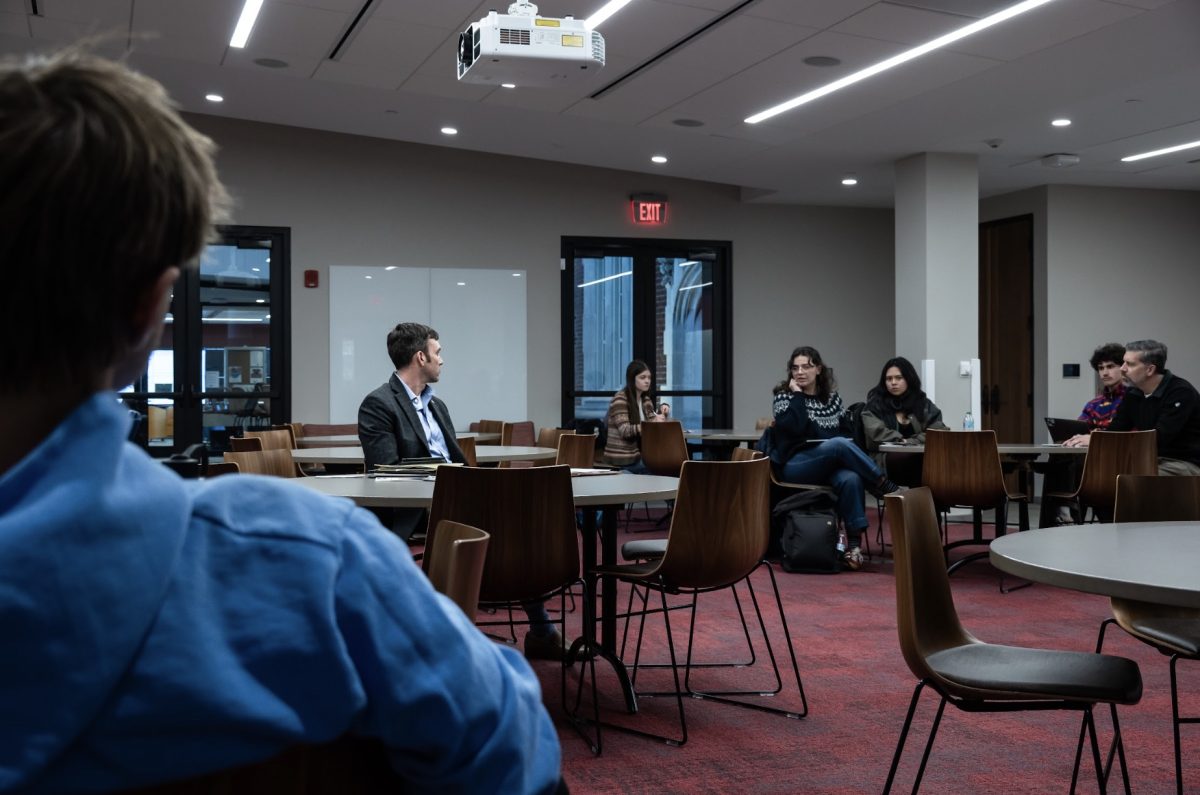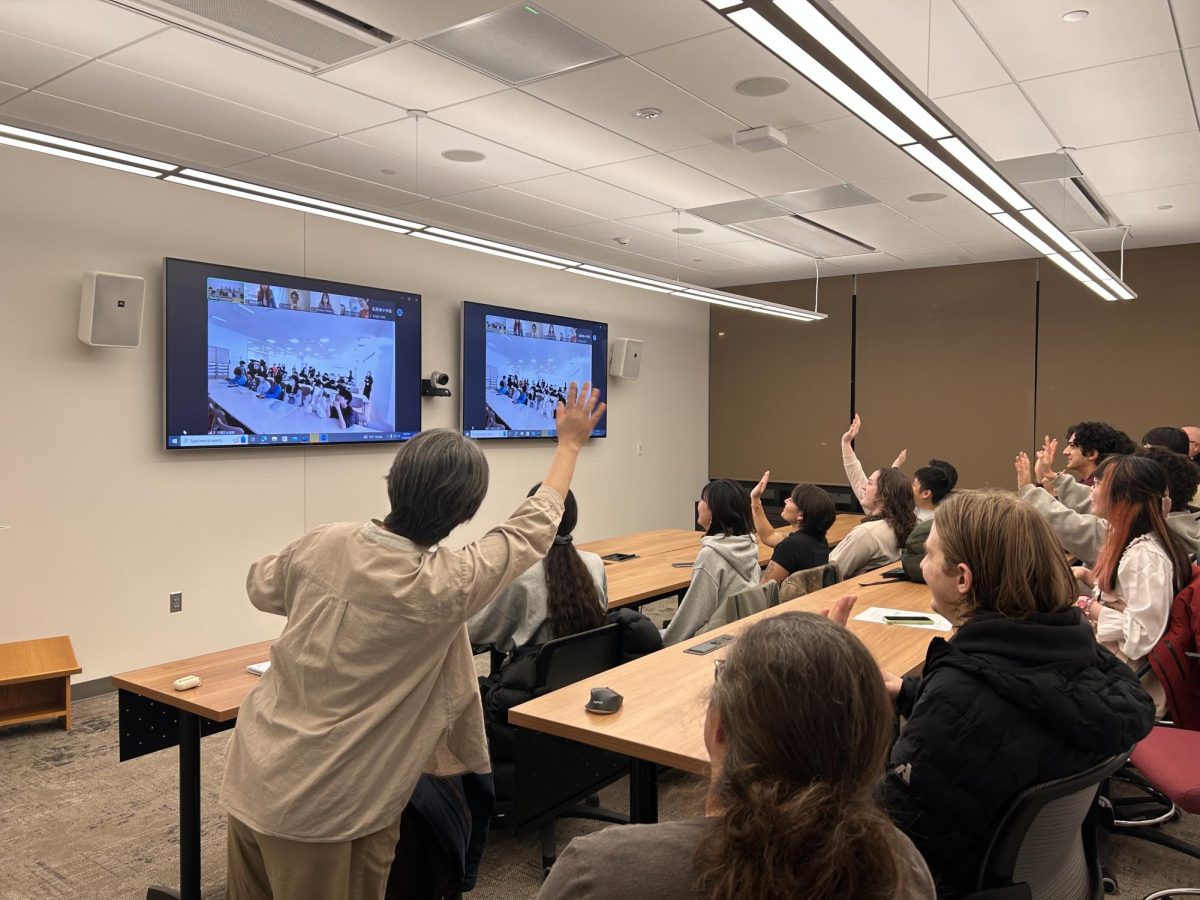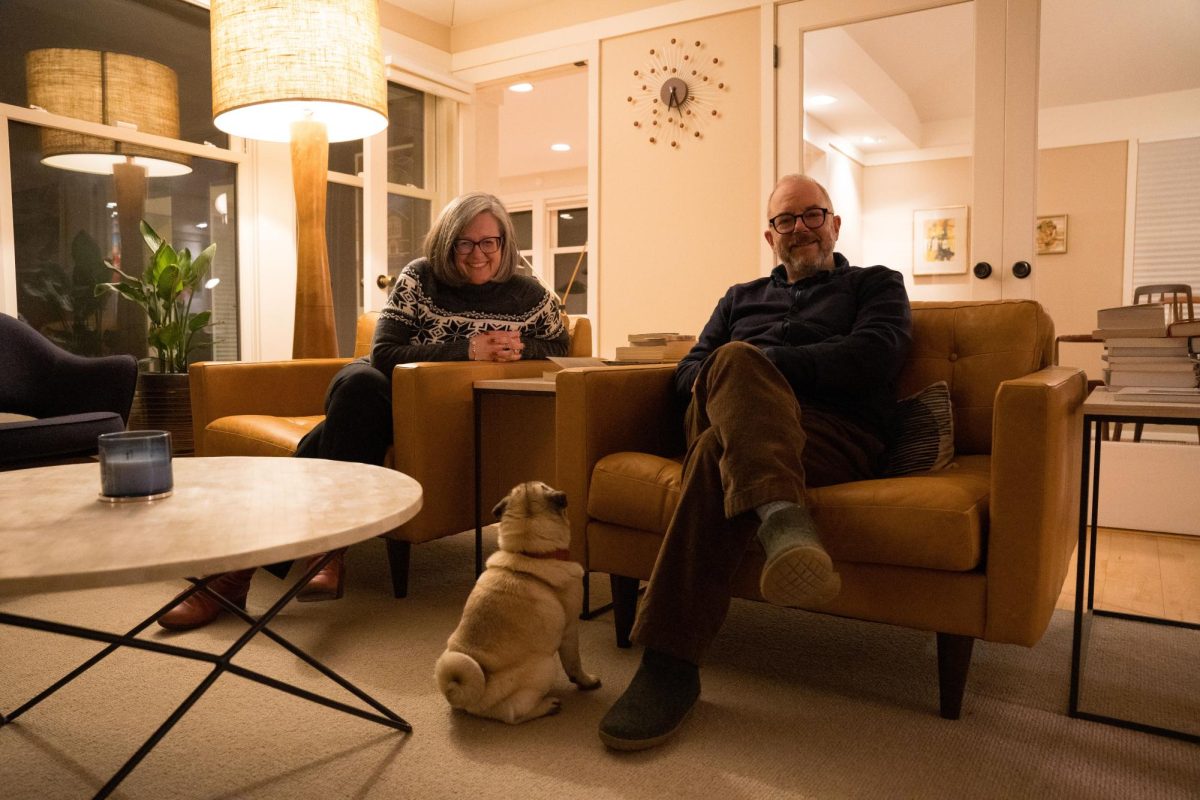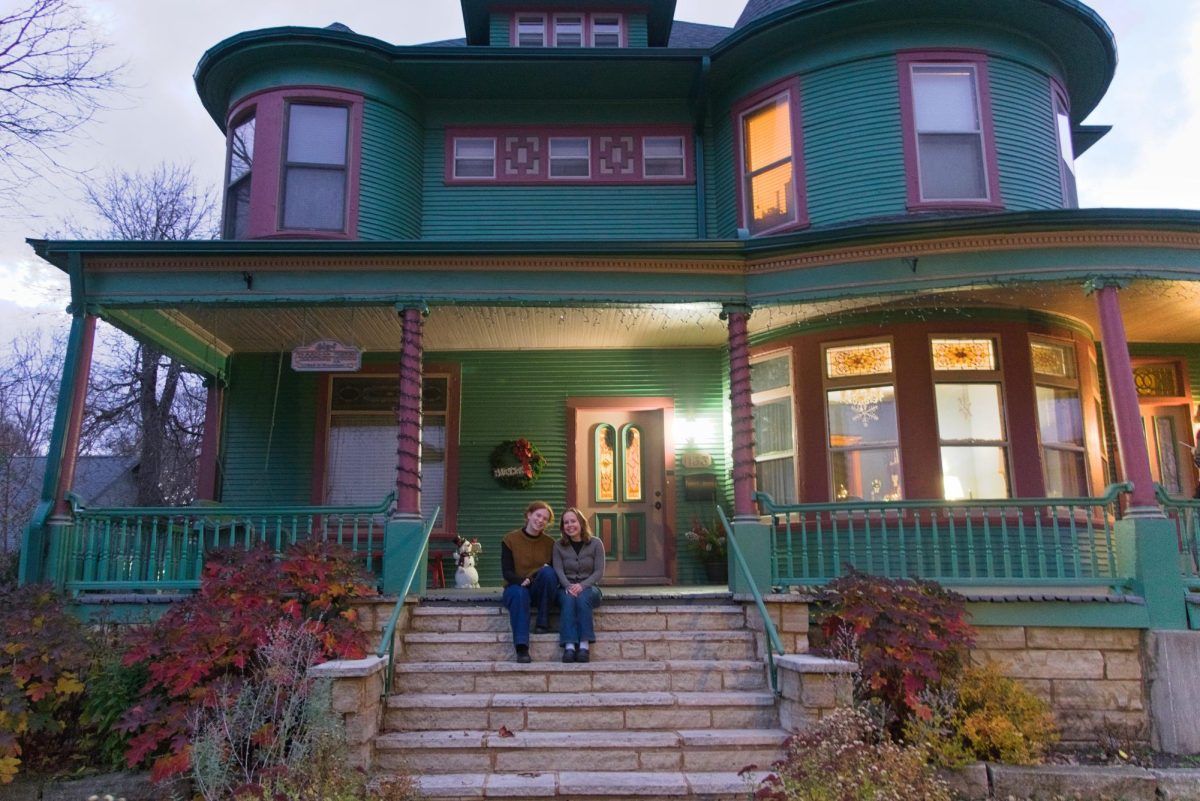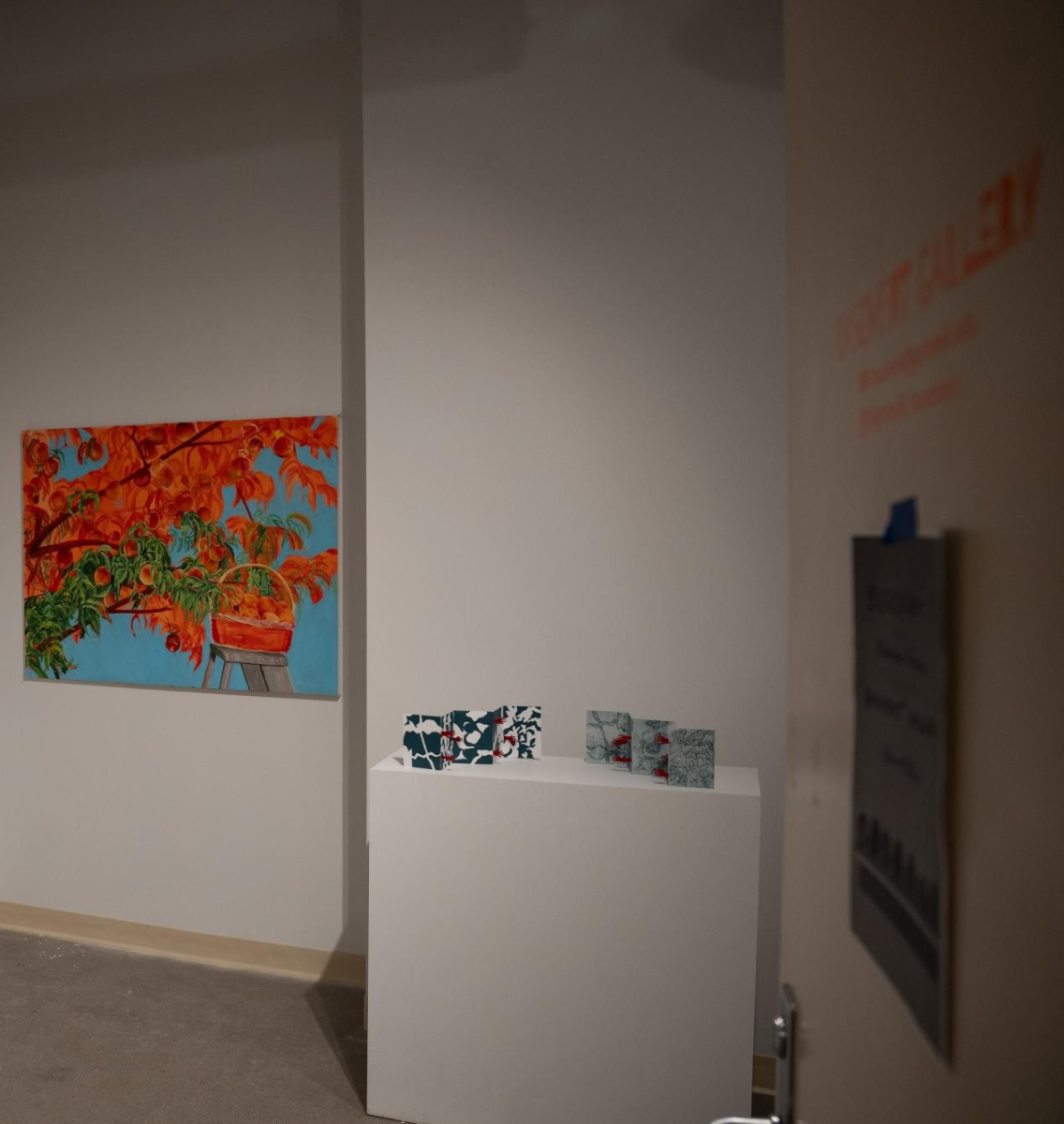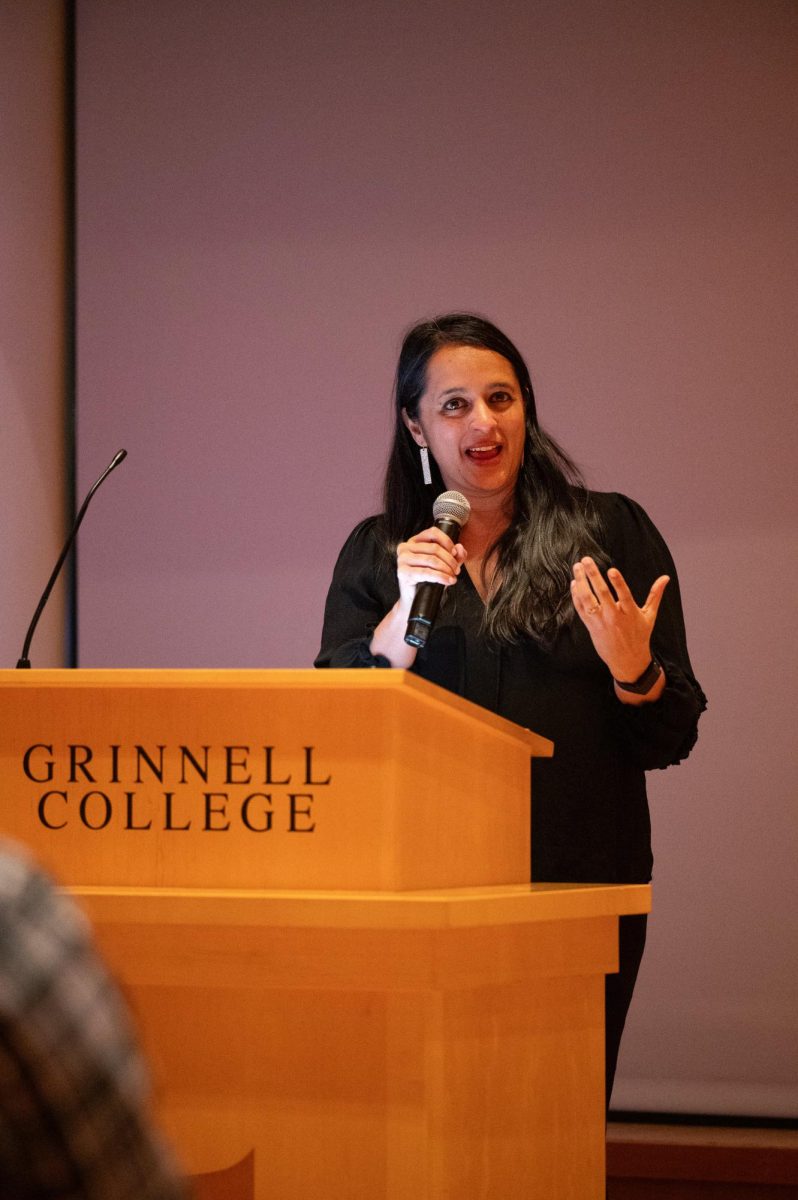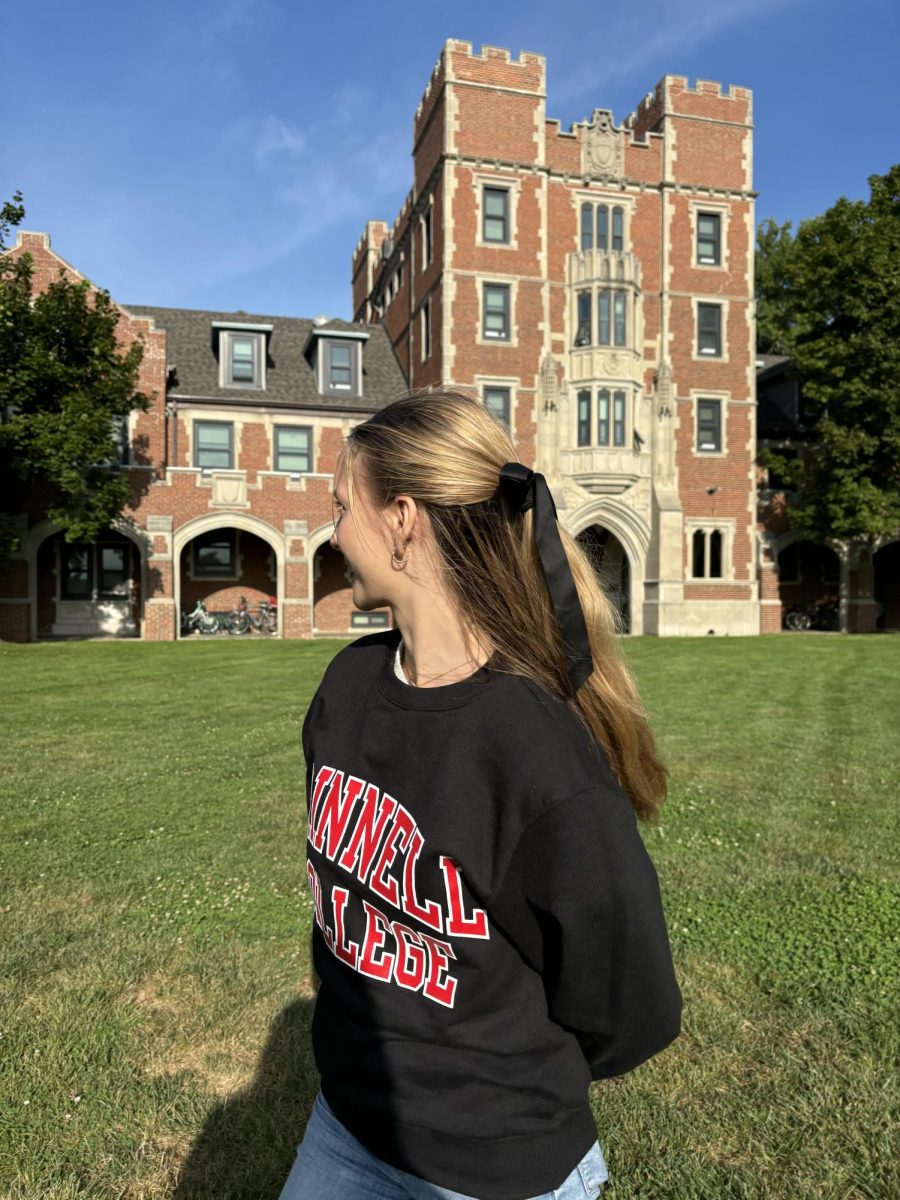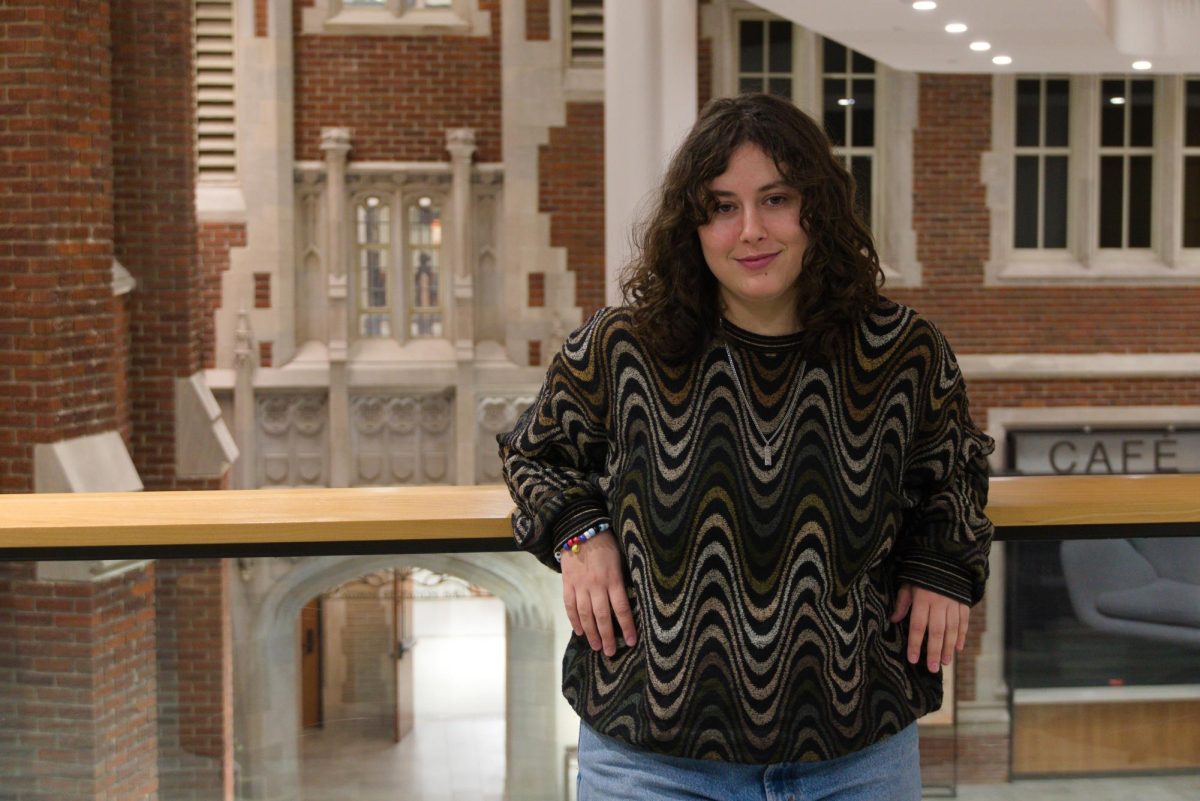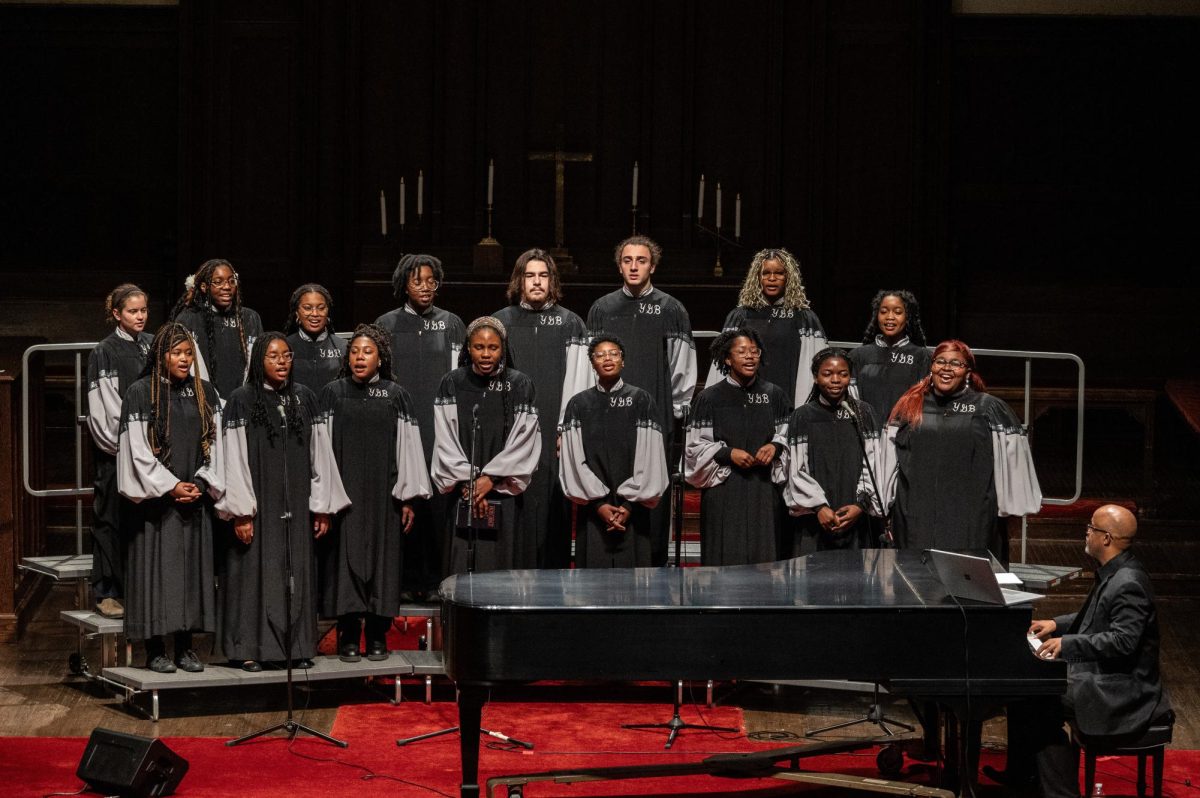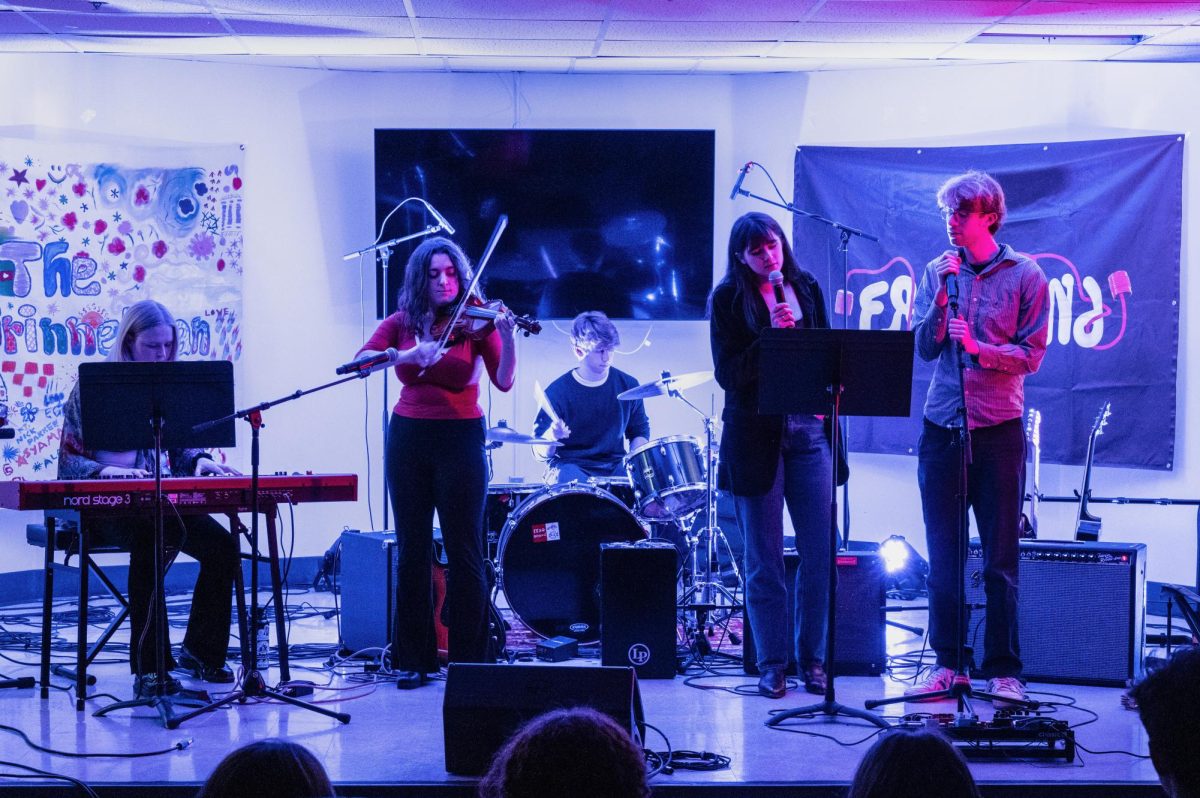By Lily Jamaludin & Joseph Wins
jamaludi@grinnell.edu wlosjose@grinnell.edu
President Raynard Kington announced his pledge to make significant changes to Grinnell’s environmental policy by signing the American College and University Presidents’ Climate Change Commitment (ACUPCCC) at Grinnell College’s Community Picnic last Wednesday, Aug. 24.
Grinnell will officially become a member of American College and University Presidents’ Climate Change Commitment (ACUPCCC) on Sept. 15, joining over six hundred other academic institutions in the five-year-old organization. The organization promotes research on environmental stabilization and the reduction of green house gas emissions.
“Students have been pushing for this for a really long time … With this commitment, Grinnell College has to proactively move towards carbon neutrality,” said Jackie Blair ‘12, Chair of the Student Environmental Committee.
The ACUPCCC mandates that all member institutions calculate their total carbon footprint and then develop a long-term plan to neutralize that footprint. In the short-term, the group also asks schools to take action to limit their environmental impact, such as purchasing Energy Star appliances or using more sources of renewable energy.
“The ultimate goal of the commitment is carbon neutrality meaning zero carbon emissions,” Blair said. “This can be achieved through furthering the wind turbine project, buying offsets or other energy efficiency related projects around campus.”
“I think the president is taking the right steps to incorporate more effective sustainable practices on campus,” said Free the Planet leader Savannah Duby ’13. “Signing the commitment will require him to promote greater resource efficiency.”
Grinnell College was invited to join the ACUPCCC several years ago. However, according to Kington, the school chose to strengthen and better understand its environmental profile first, before making any promises to an outside organization.
Other peer institutions have been long term members of the ACUPCCC (Oberlin College was one of its founding members). One reason Grinnell was hesitant to sign the commitment was because of the unique difficulties the school faces in becoming more green.
“In some ways, rural colleges are at a disadvantage compared to more urban oriented colleges,” said President Kington. “We’re not the in the suburbs of a large city, and many of us have national and international travel, which is a big source of our school’s carbon footprint. We don’t have the option of our faculty easily taking a train from Boston to a meeting in New York.”
Internal statistics show that Grinnell emitted over 62 million pounds of carbon dioxide in 2010, but the college has been steadily working to shrink that number. Kington’s move to sign the ACUPCCC represents the beginning of a concrete move towards environmental sustainability and energy efficiency.
“I believe that this was the right time to sign the commitment,” said President Kington. “We have a better understanding of where we are in regard to the environmental policies of the College, and we have a firm commitment in living our values. Our students care about their world in all sorts of ways, and I think we have to do some we institutional modeling on how to live those values as well.”
The newest buildings on campus are all LEED certified, which is one of the ACUPCCC’s suggested short-term goals, and Grinnell’s administration has been searching for sources of alternative energy, to fulfill the long-term goal of becoming a carbon neutral college.
“We are in the final stages of thinking through the wind farm, which has turned out to be more complicated than many people thought,” said President Kington.
Some difficulties stem from Iowa’s climate, which is windier in the winter, when power is needed less. The College will have to buy and sell energy to the grid in order to make the plan feasible. The farm is priced at $12 million, but it could reduce carbon emissions by 15 million pounds and greatly lower energy costs.
“The wind turbine project is moving at a slow pace right now… but after installed, it will provide a large percentage of energy to the College,” Blair stated.
Besides achieving concrete environmental goals, the ACUPCCC also asks member institutions to build an organizational framework for promoting climate change initiatives. Last semester, the college formed the Sustainability Planning Committee, which was merged with the previous faculty-student group EcoCampus, in order to coordinate campus-wide environmental efforts.
“My first year here, there were three different student groups for sustainability,” said Grinnell’s environmental and safety coordinator Chris Bair ’97. “Who decides whom to listen to? There was no cohesive student voice.”
Bair co-chairs the Sustainability Planning Committee with Professor Liz Queathem, Biology. They hope to bring all campus environmental awareness groups under one umbrella, in order to achieve a better “flow of ideas.”
“We’re looking for one cohesive plan to move Grinnell forward in environmental sustainability. In the past, we have done a lot of neat, green things, but never in the context of one plan,” Bair said. “It will dovetail well with the commitment we just signed.”


